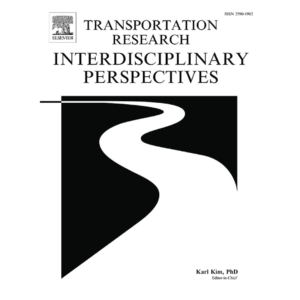Road accidents involving autonomous vehicles (AVs) will not only introduce legal challenges over liability distribution but also generally diminish the public trust that may make itself manifested in slowing the initial adoption of the technology and call into question the continued adoption of the technology. Understanding the public’s reactions to such incidents, especially the way they differentiate from conventional vehicles, is vital for future policy-making and legislation, which will in turn shape the landscape of the autonomous vehicle industry.
In this paper, intuitive judgments of blame and trust were investigated in simulated scenarios of road-traffic accidents involving either autonomous vehicles or human-driven vehicles. In an initial study, five of six scenarios showed more blame and less trust attributed to autonomous vehicles, despite the scenarios being identical in antecedents and consequences to those with a human driver.
In one scenario this asymmetry was sharply reversed; an anomaly shown in a follow-up experiment to be dependent on the extent to which the incident was more likely to be foreseeable by the human driver. More generally these studies show—rather than being the result of a universal higher performance standard against autonomous vehicles—that blame and trust are shaped by stereotypical conceptions of the capabilities of machines versus humans applied in a context-specific way, which may or may not align with objectively derived state of affairs.
These findings point to the necessity of regularly calibrating the public’s knowledge and expectation of autonomous vehicles through educational campaigns and legislative measures mandating user training and timely disclosure from car manufacturers/developers regarding their product capabilities.
 PAVE US
PAVE US PAVE EUROPE
PAVE EUROPE PAVE UK
PAVE UK

